Assessing Product Quality with the Help of Artificial Intelligence
Deep learning can help to make decisions at the level of human experts, ensuring that food products meet the customer’s visual requirements.
Consumers usually decide for or against a product on the basis of visual criteria – especially in the case of food. But how does the food producer decide whether a product appeals to the consumer? Does the bread have a nice crust? Are the Danish pastries well-shaped? Do those pretzels look appetizing?
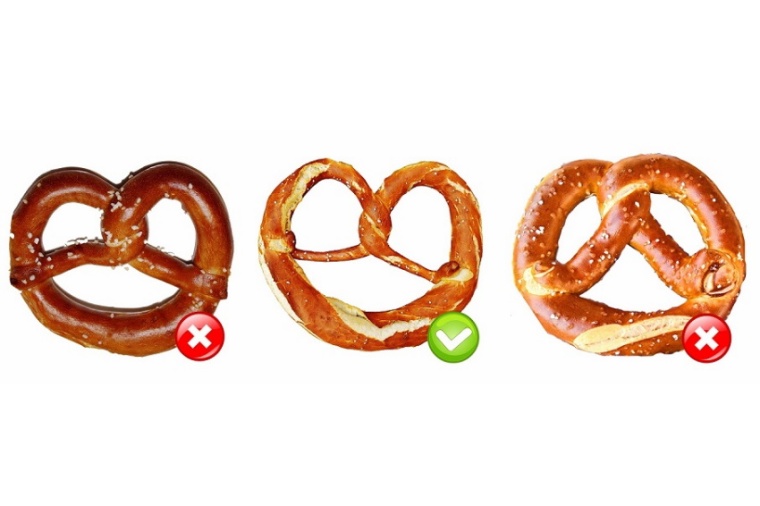
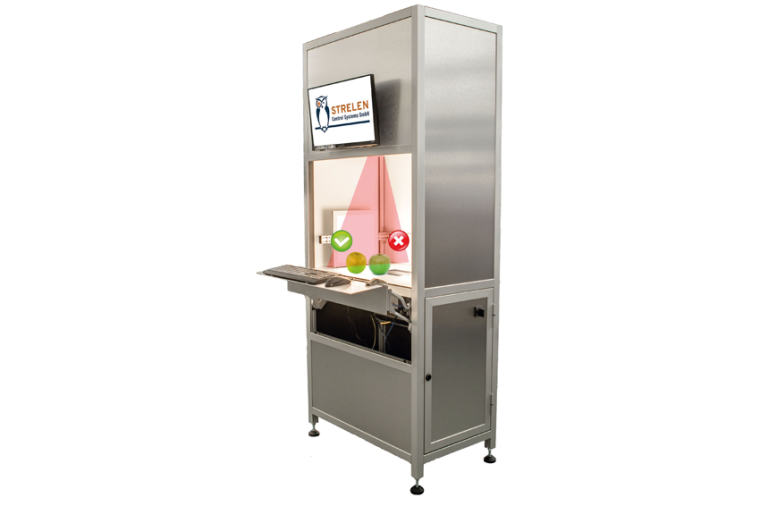
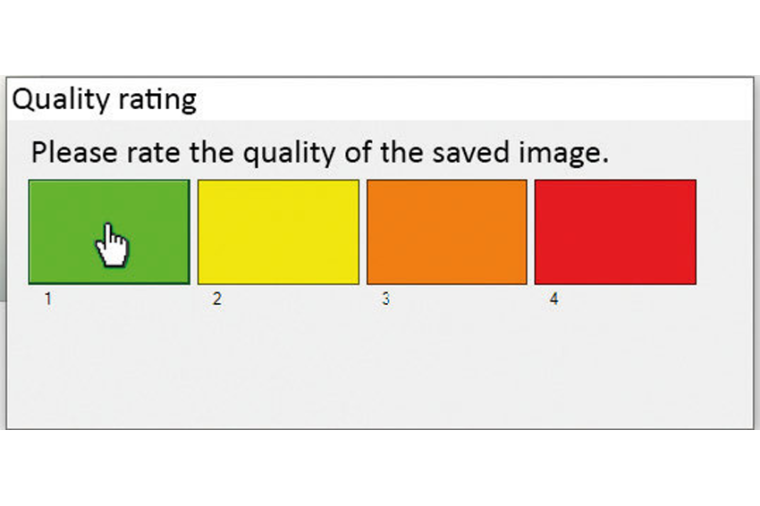
Judging Food Quality
As a rule, the quality monitoring of foodstuffs is based on technical variables such as shape, moisture, color, weight, dimension, degree of ripeness or browning, which can be measured in various ways. The new Safe-Ident Quality solution from Strelen, on the other hand, checks non-quantifiable aesthetic aspects of a food product.
Deep-learning processes enable the system to make judgments like experienced QM staff. During production, this can already ensure that a product stands up to the critical eye of the consumer.
As long as the quality criteria of food products can be measured or weighed exactly, automation of controls is easy. Length, width, height, volume, weight, moisture, or exact color can be easily determined and compared to predefined target values. However, whether a product is beautiful or visually appealing and whether it attracts consumers to buy it cannot be easily determined by metrics. This requires human experts who, through a great deal of experience, can accurately assess the optical quality of a product. However, these experts will find it difficult to explain their assessments to colleagues or to describe exactly how they proceed. Far too many small details combine and condense in seconds in their expert’s eye to reach a verdict. But neural networks can learn these patterns from the experts.
AI, Digital Image Processing, and Visual Quality Features
Artificial intelligence is used in many industries and is also opening up numerous new possibilities for the food industry – especially in the automated, computer-aided assessment of product quality. In combination with digital image processing, visual quality criteria can now also be reliably assessed.
Neural networks are similar in structure to an organic brain. They are not programmed like conventional computer programs but learn their behavior based on patterns. If an experienced quality manager shows samples of food to a neural network and assigns quality classes to them, the neural network can recognize patterns and thus learn according to which criteria the judgments are to be made. After the learning phase, it is then able to make quality assessments that are just as accurate as those of the human specialist.
Assessing the Aesthetics of a Food Product
Strelen Control Systems has developed a solution to simplify the whole process of setting up such a neural network. The main goal of the development team: state-of-the-art high tech on the inside, simplest usability of the solution for the user on the outside. The result is Safe-Ident Quality: a test station in which product samples are placed, recorded with a camera, and then analyzed with just a click of the mouse.
To do this, the system first learns in the so-called training phase: a human expert classifies the captured images into quality classes; in the simplest case, two classes are sufficient, passed and failed, or good and bad. However, school grades or any other quality classes can also be assigned. Based on deep learning methods, Safe-Ident Quality learns to assess the quality of a product in the same way as the quality managers.
After completion of the training phase, analyses can then be carried out during or before production. These are quite simple for the operator: A sample is inserted into the test stand and the recording is started with one click. The system then indicates the quality level of the product. That way, it can be ensured during production that the end product will stand up to the critical eye of the consumer. The operator is unaware of the complex technical inner workings and the thousands of computing operations that take place inside. Each new image is archived, and the quality data thus obtained is automatically used to generate statistics that can be presented graphically for any desired time sequence.
Safe-Ident Quality is a solution that can reliably evaluate visual and aesthetic aspects of a product without having to program in the features for assessment in manual and detailed precision work – thanks to Deep Learning.
Author
Stephan Strelen
CEO
Company
Strelen Control Systems GmbHRobert-Bosch-Str. 5
64572 Büttelborn
Germany
most read
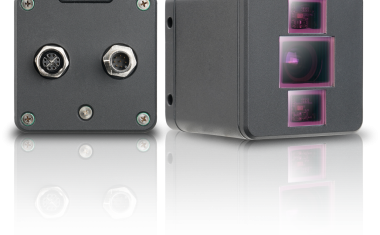
Time of Flight Method Ensures Depth Perception
Shape Recognition, Object Positioning, and Distance Measurements in Logistics
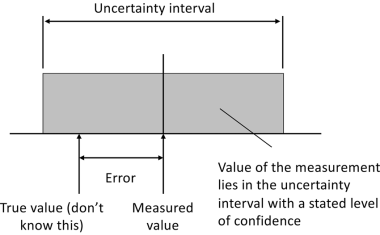
Measurement uncertainty in manufacturing: Understanding the basics
Why precise measurement results alone are not enough
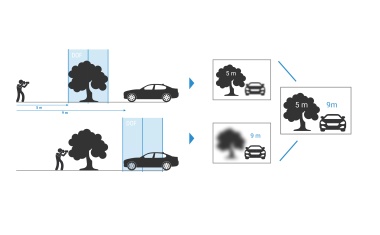
Optical Metrology Technology: Focus-Variation and its Advanced Extensions
Basics of Measurement Technology
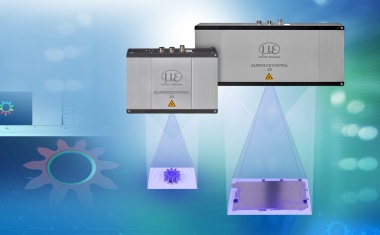
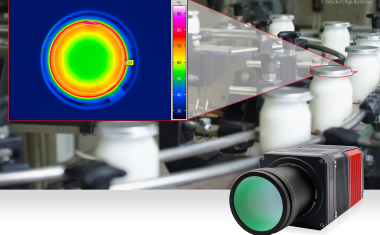
MWIR system camera for continuous industrial operation
Entry into infrared imaging






